|
I’ve been thinking a lot about animals since I’ve been here. Dogs set the hills alive with the sound of barking, rabbits set the park alive with more rabbits, and fat kererū set my mind alive as they fly through the nikau palms with their musical wings beating. I also buried a chicken R.I.P., and I’ve been walking tentatively around the garden lest I step on her fallen comrade, missing presumed munched. I keep hearing the phantom miaows of my two rescue cats Jager and Bruce, who are actually 1,500 kilometres away. For those who don’t know, Bruce is an internet cat, so I’m also interacting with his fans every day. Omaui’s plan to ban domestic cats has made the New York Times, and I read the frenzied comments by the generally calm and measured Times readers with increasing alarm. I practically wrote an essay about cat control in my mind as I walked along the beach this afternoon. Some people want their cats to live free-range lives. Other people want to dramatically reduce the number of cats. Personally I think we can do both, and perhaps I’ll write about that sometime. (But perhaps I won’t. Bruce is staunchly apolitical and I don’t want to draw him into the fray.) I’ve also been thinking about animals because I’m supposed to be thinking about animals. While I’m here I’m working on pieces of writing for a short story collection. The past two days I’ve spent the mornings writing, then a few hours after lunch doing paid work before going for a walk and coming back to work on illustrations for my next Bruce the Cat children’s book. The thing with the paid work is that all the rats and mice I thought I might be able to leave in Dunedin have followed me up here and are nibbling away at my drawing time. I’m going to have to set some traps. My short story collection is called Pet, and it explores the relationships we have with animals. I’m pleased with how the first story’s going. It involves an unexpected animal in an unexpected place, and I was actually laughing out loud this morning as I wrote it. Either it's funny, or after 3 1/2 days on my own I've already lost my mind. And I have some other animal news to share. When I went under the house to get some firewood this afternoon, someone was casually roosting on the workbench in the area I’d already checked at least ten times. The missing chicken! She’s alive! Thank you to The Creative Hub and Earthskin Retreat for the opportunity to undertake this residency.
I'm sitting beside a glowing fire, the wind and a maniacal hound howling outside, my jeans still muddy from the grave I dug earlier.
Yesterday I arrived in Auckland to take up a month-long creative residency at Earthskin Retreat. Little did I know as I picked up my rental car that I would soon be caught up in a murder mystery. I drove confidently through the Waterview Tunnel, marvelling at the feat of engineering and at the blinding sea as I hurtled from the channel's depths. I drove semi-confidently to Kumeu, where I picked up some groceries from a supermarket with clientele so moneyed that the price labels are typed in 'who reads this anyway' 4 point font. I drove somewhat less confidently through winding bush-lined streets to Muriwai Beach and I white-knuckled it down an almost vertical driveway. It didn't look like a murder scene. It looked like a gorgeous, sun-filled home surrounded by Nikau palms and cabbage trees. I lit the fire in a personal best of thirty minutes and spent the evening unpacking, looking for the chickens and finishing The New Animals. In retrospect, the fact that I was reading a dystopian novel that features a crazed dog was somewhat foreshadowing. That, and the fact that I couldn't find the chickens. In the morning I started as I mean to go on by rising early and doing Pilates for Beginners. I've been following along to this DVD for about six years and I still haven't moved up to intermediate level. As I was getting stuck into some writing a local man called Robin stopped by to tell me more about the property. He arrived with a bunch of yellow freesias and a bouquet of stories. Robin's in his 80s, but he's got three kids in their early teens to keep him young. In between tales of his Antarctic adventures, the challenges of vegan cooking and his surf lifesaving exploits he mentioned that it's been a bad year for bodies. There have been drownings here this year, and bodies have also washed ashore from drownings off other beaches. There has been a suicide. And now there's been a murder. In the afternoon I explored the property some more. I walked through a Nikau forest to a shimmering lake. I returned to the house and checked out the worm farm and the bokashi bin. I walked through a vegetable patch that has a 'secret garden' feel. And then I saw it. Beak down in the mud, surrounded by feathers and sodden with the previous night's rain. I wasn't sure what to do with the corpse of the chicken. After some consideration I decided to bury it. I'd never dug a grave before. In fact I can't remember ever digging anything. But at length, the grave was dug. I maneuvered the surprisingly heavy chicken onto the spade and lowered it head-first into the dismal hole before covering it with mud. Unsure whether or not the grave was deep enough to prevent the chicken from resurfacing, I decorated it with the biggest rock I could find. To lighten the mood I decided to walk to the beach. On my way up the driveway, I crossed paths with an unleashed Rottweiler. The beach was wild and stormy. I wondered how many bodies have washed up on it over the years. I wondered if I'll find the body of the second missing chicken. I wondered if I should get out of the rain. When I returned to Earthskin I lit the fire in a personal best of twenty minutes. I broke open a block of Lindt 'pink grapefruit' dark chocolate. I don't know what it cost, but it's delicious. Thank you to The Creative Hub and Earthskin Retreat for the opportunity to undertake this residency. |
AuthorKathryn van Beek (she/her) is a Pākehā New Zealander of Dutch and English descent. A Robert Burns Fellow and a Winston Churchill McNeish Writers’ Fellow, Kathryn has a doctorate on the topic of using writing as a tool for positive change. Archives
April 2024
Categories
All
|
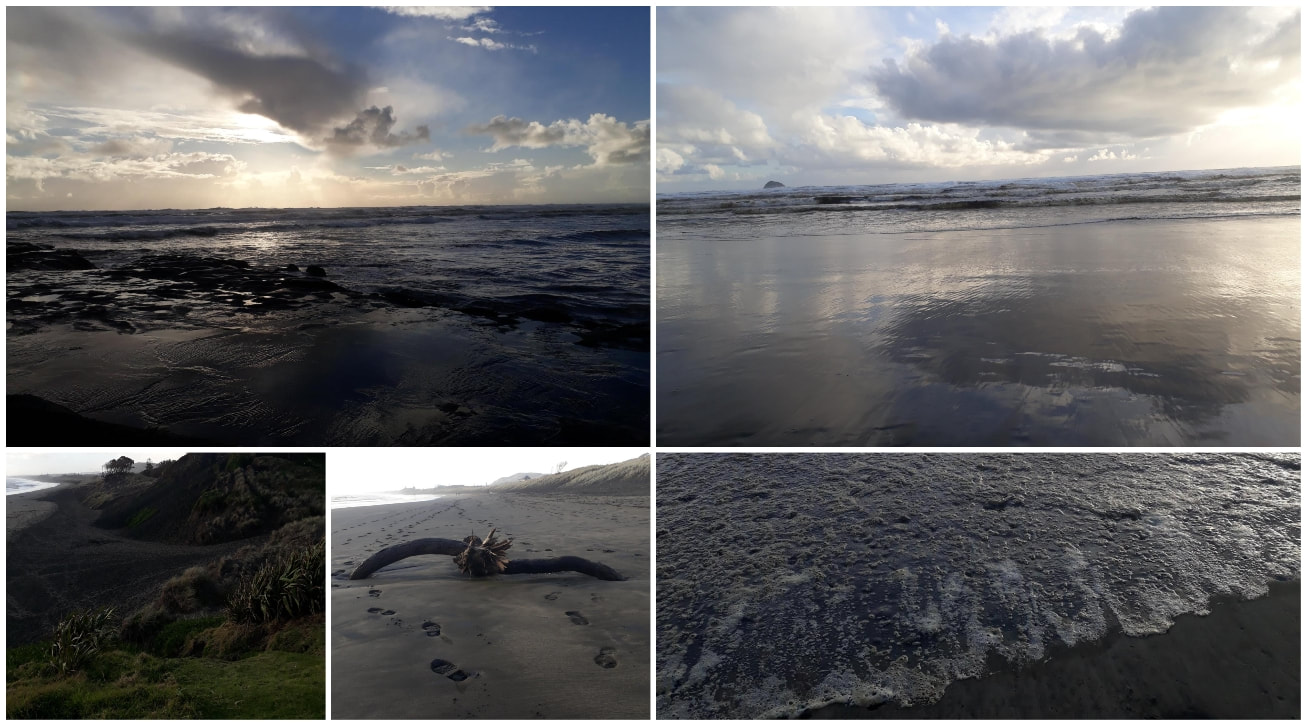
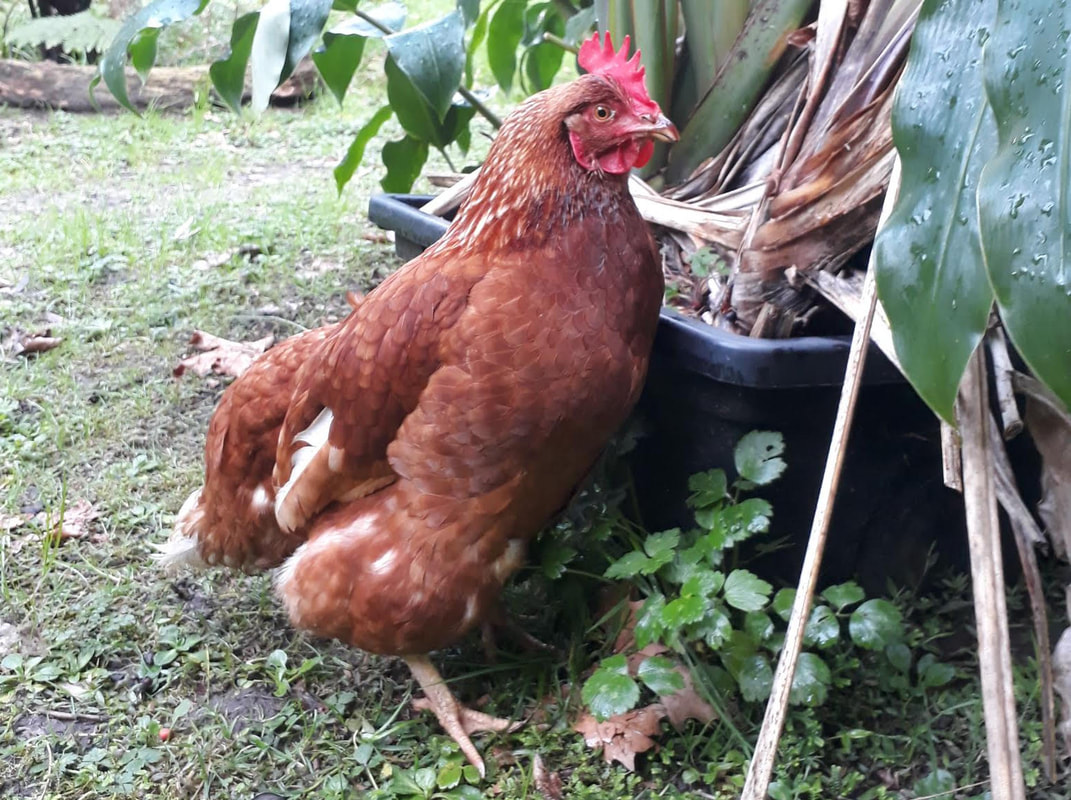
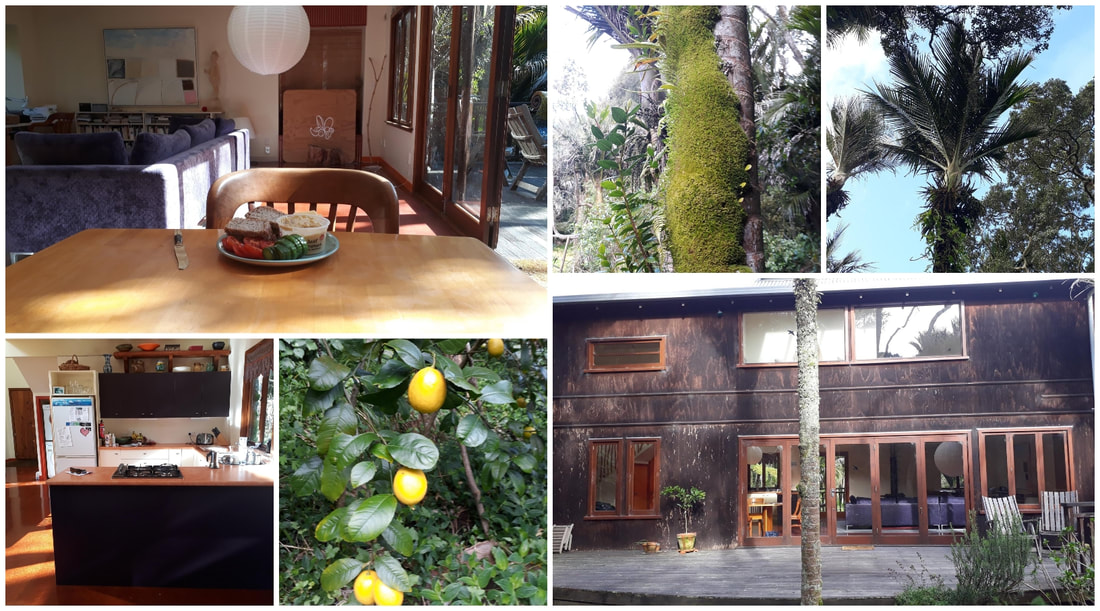
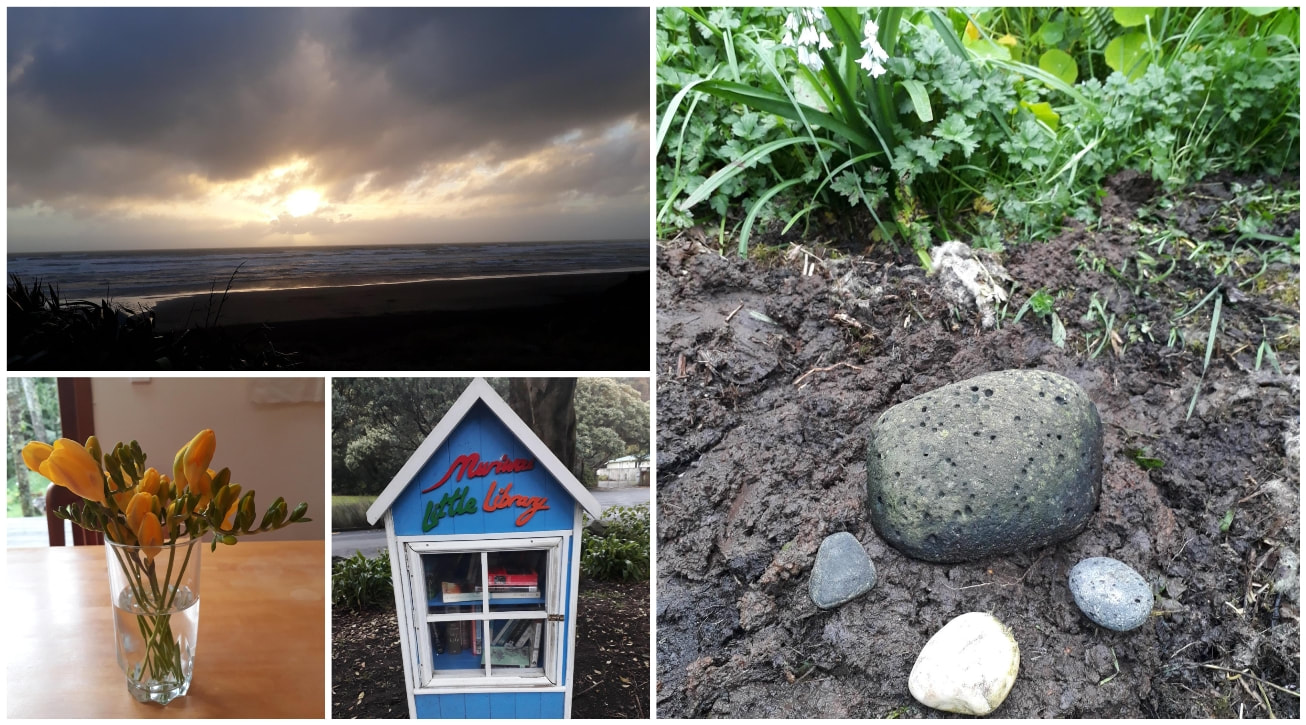
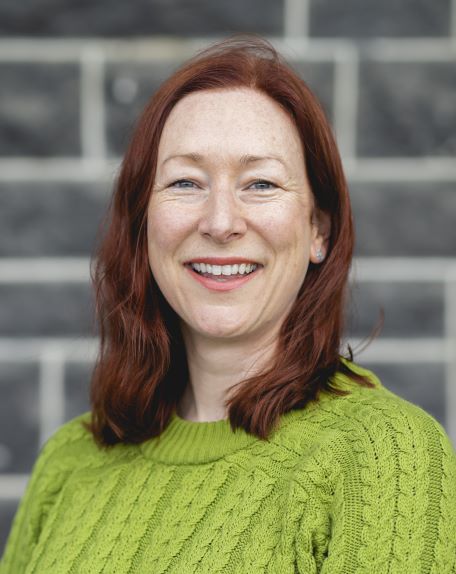
 RSS Feed
RSS Feed